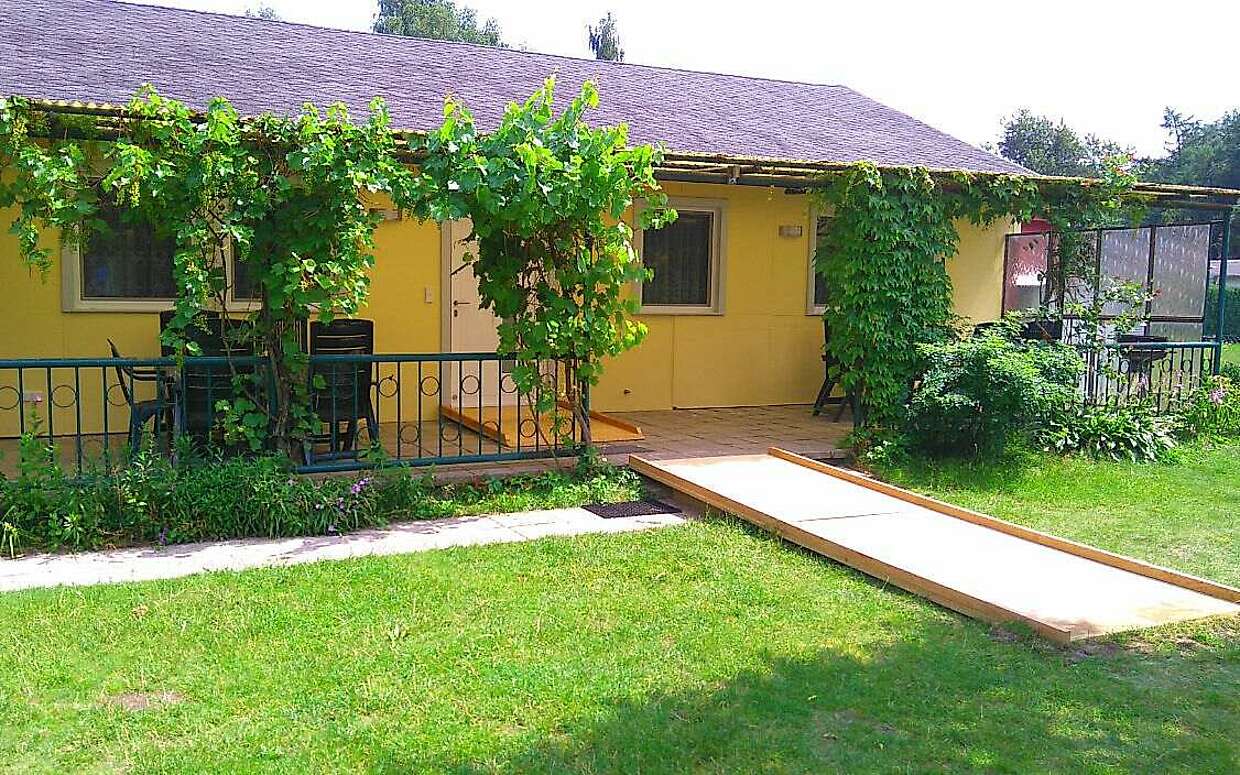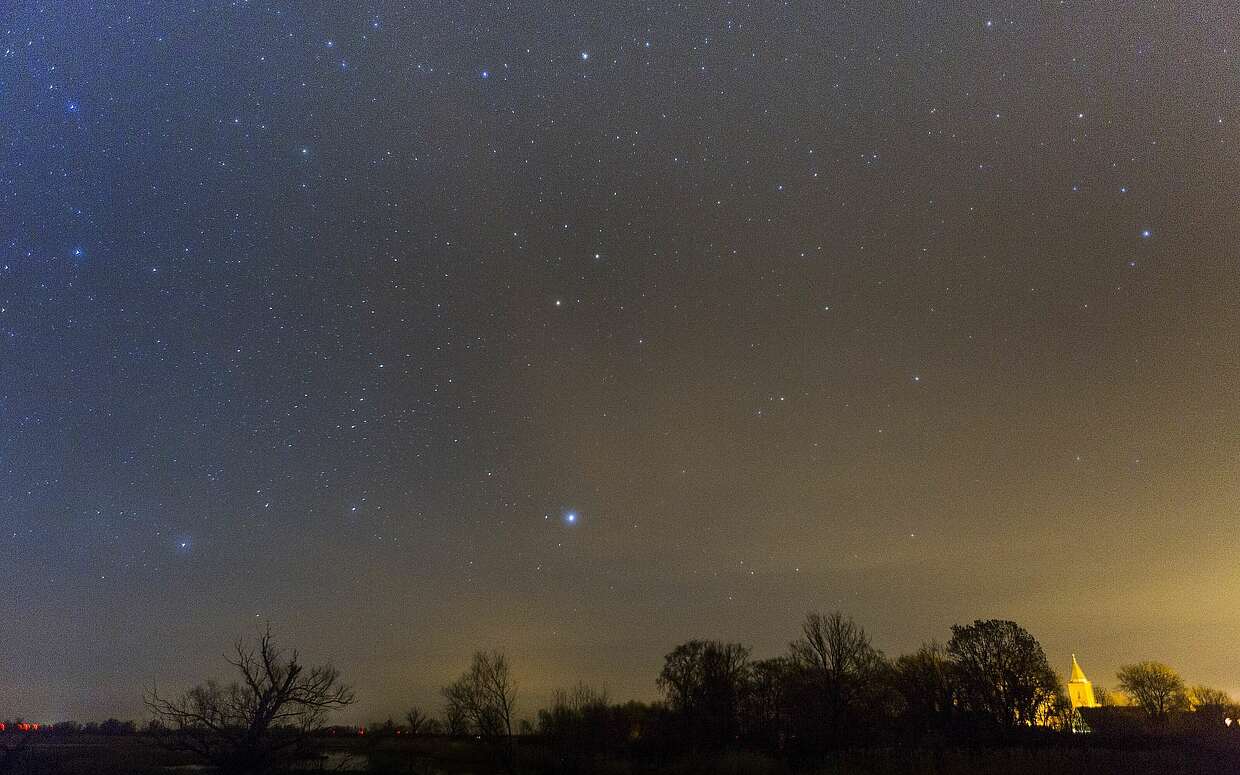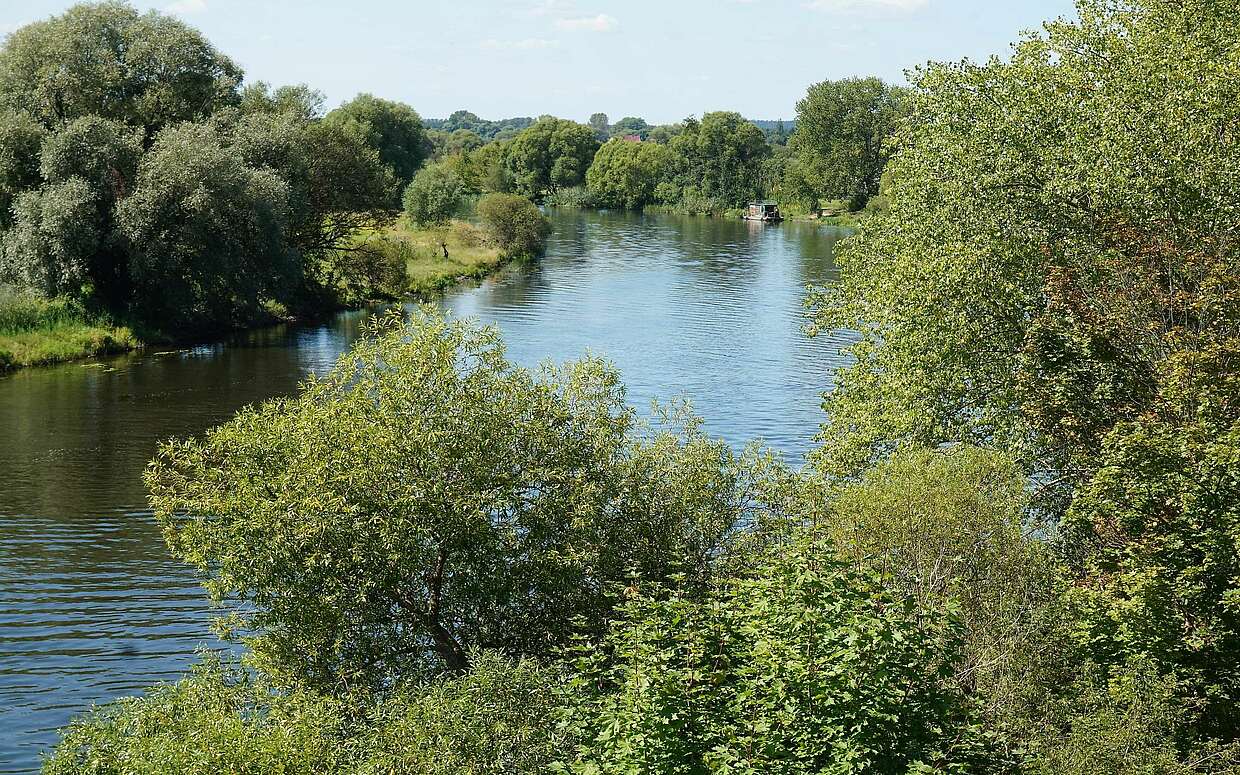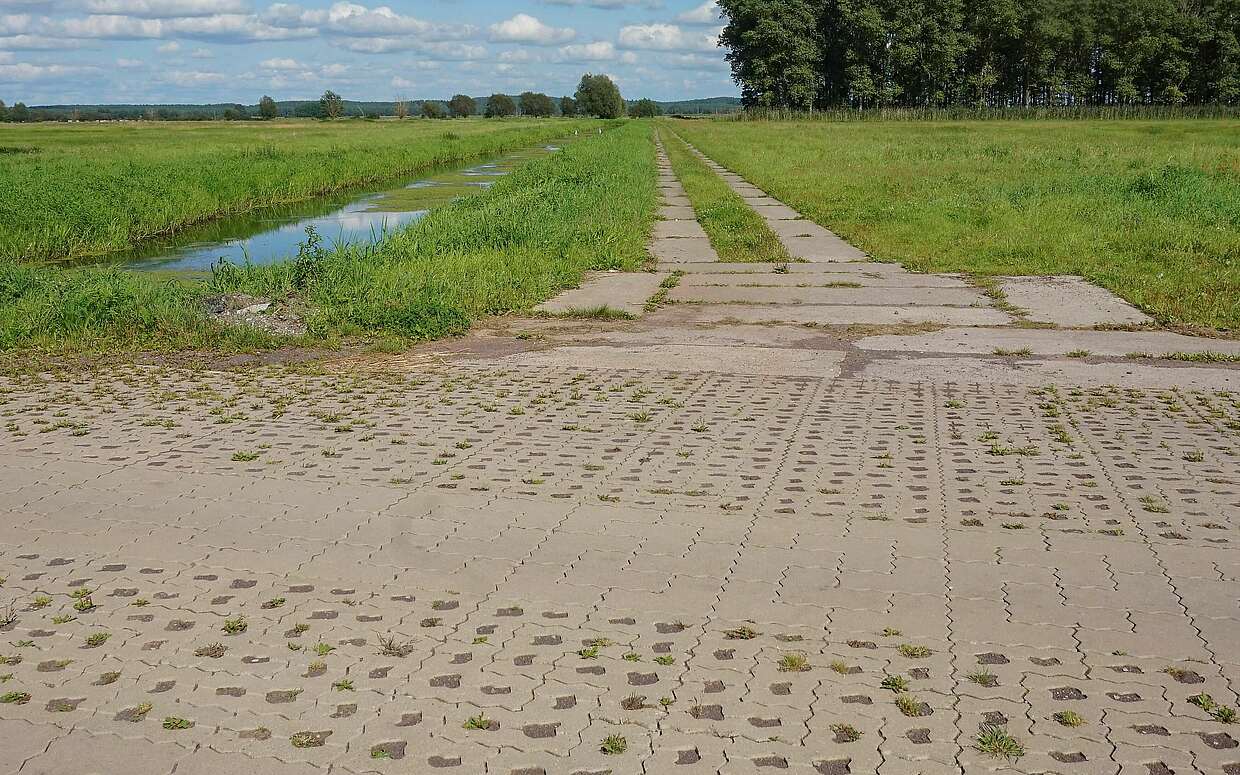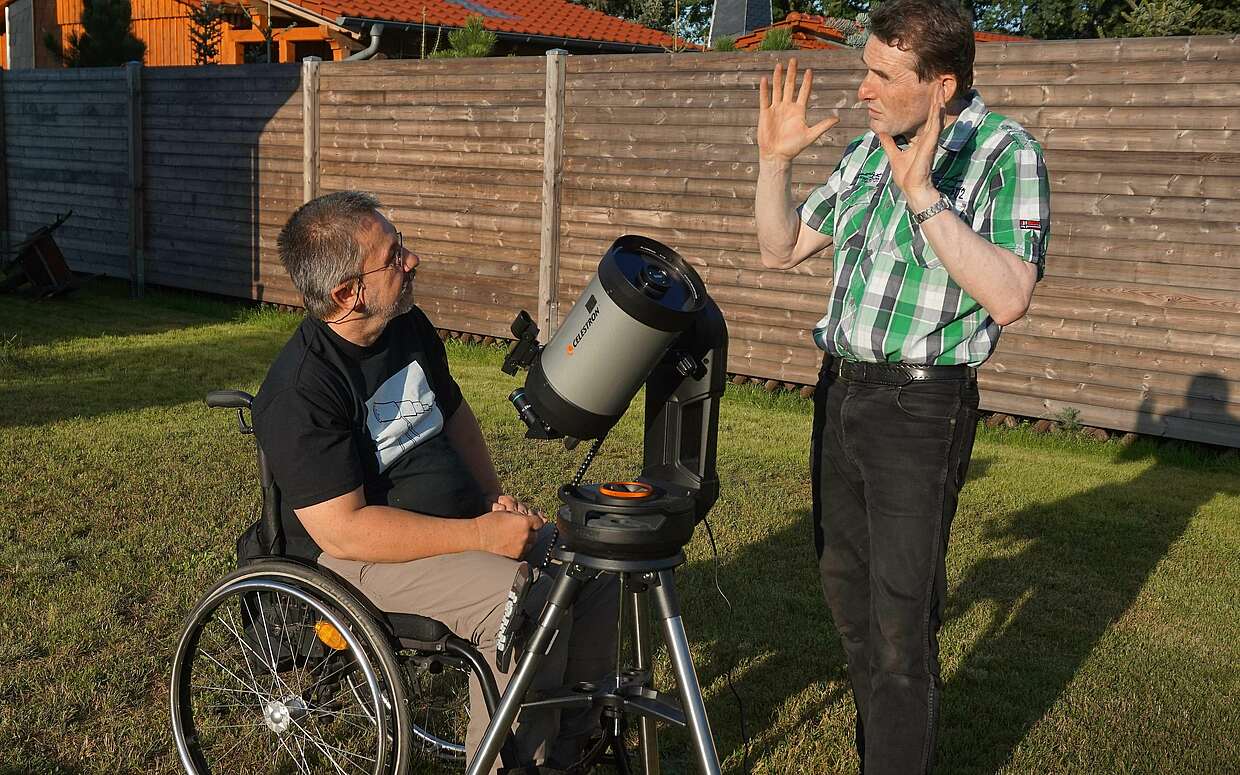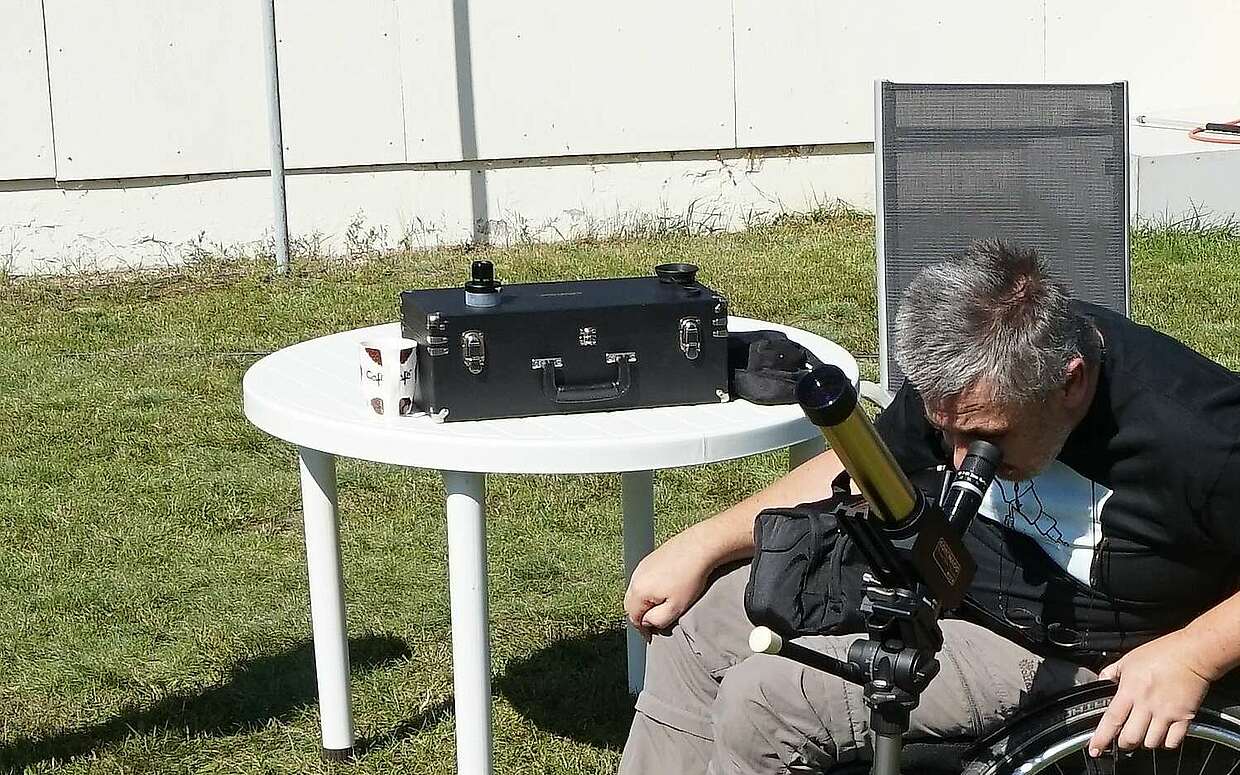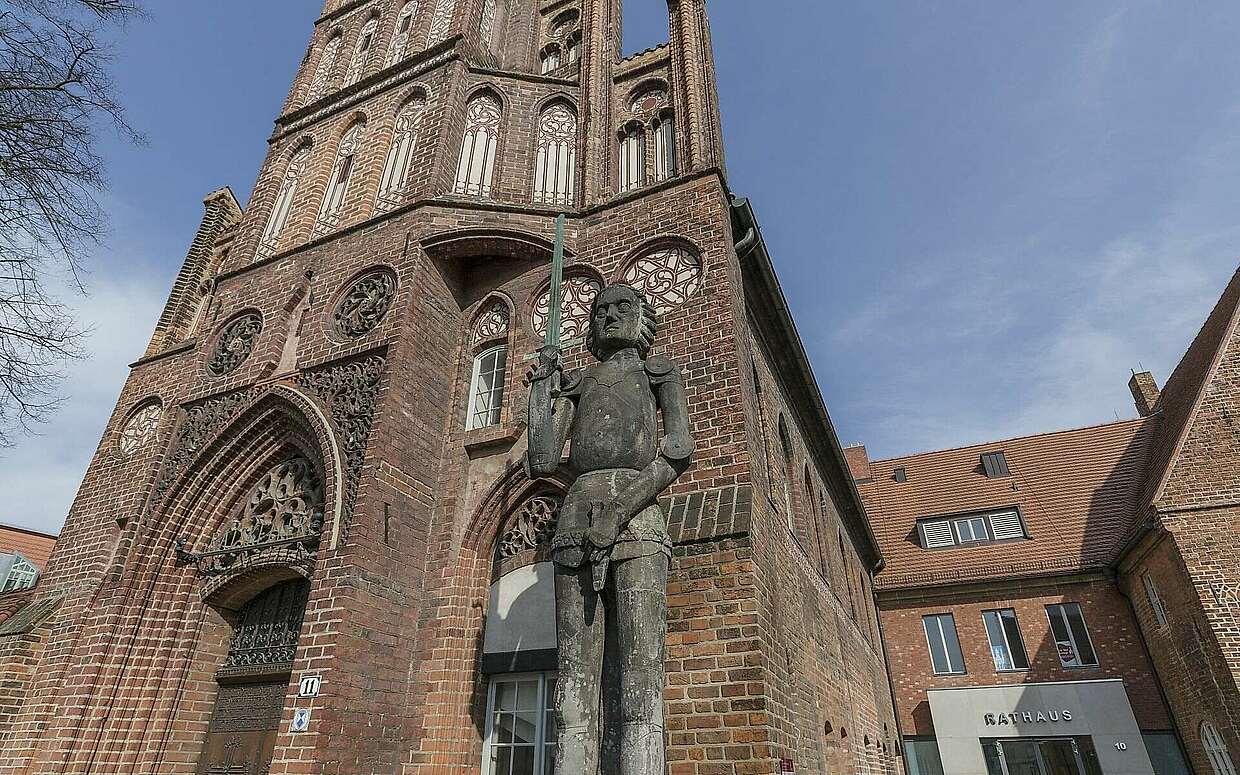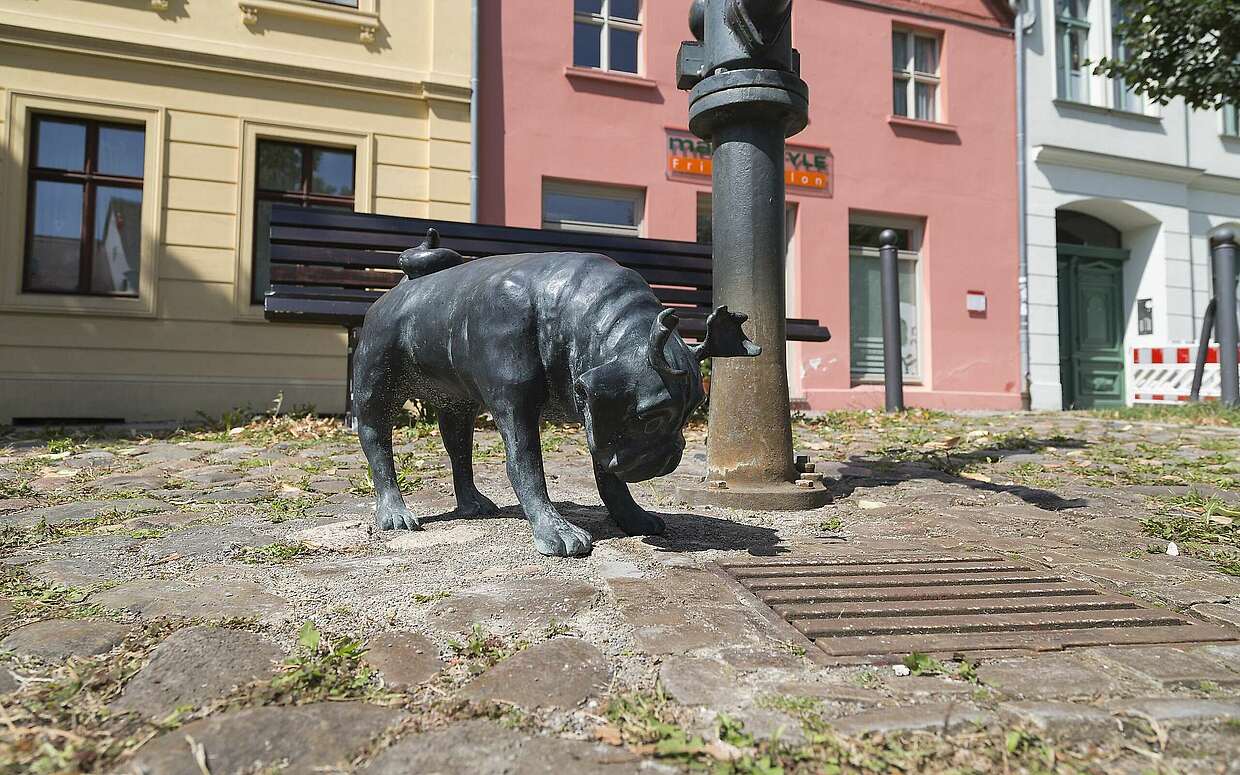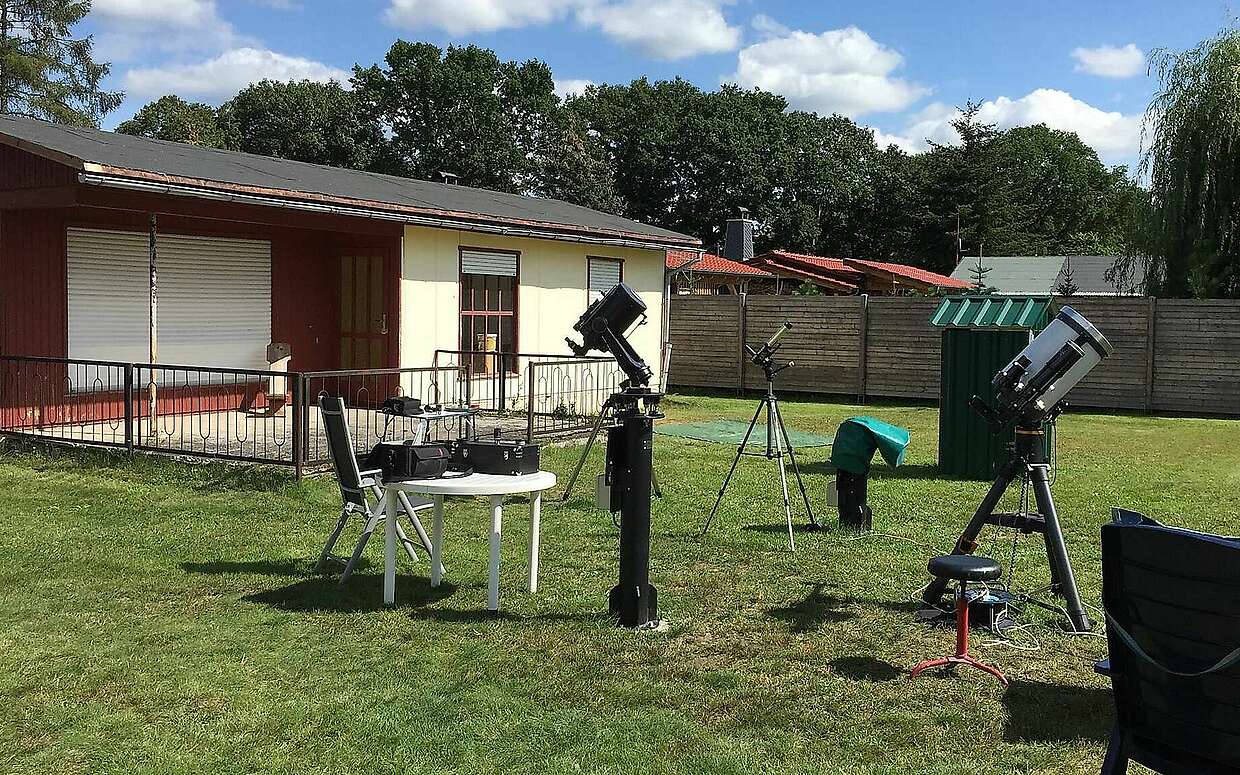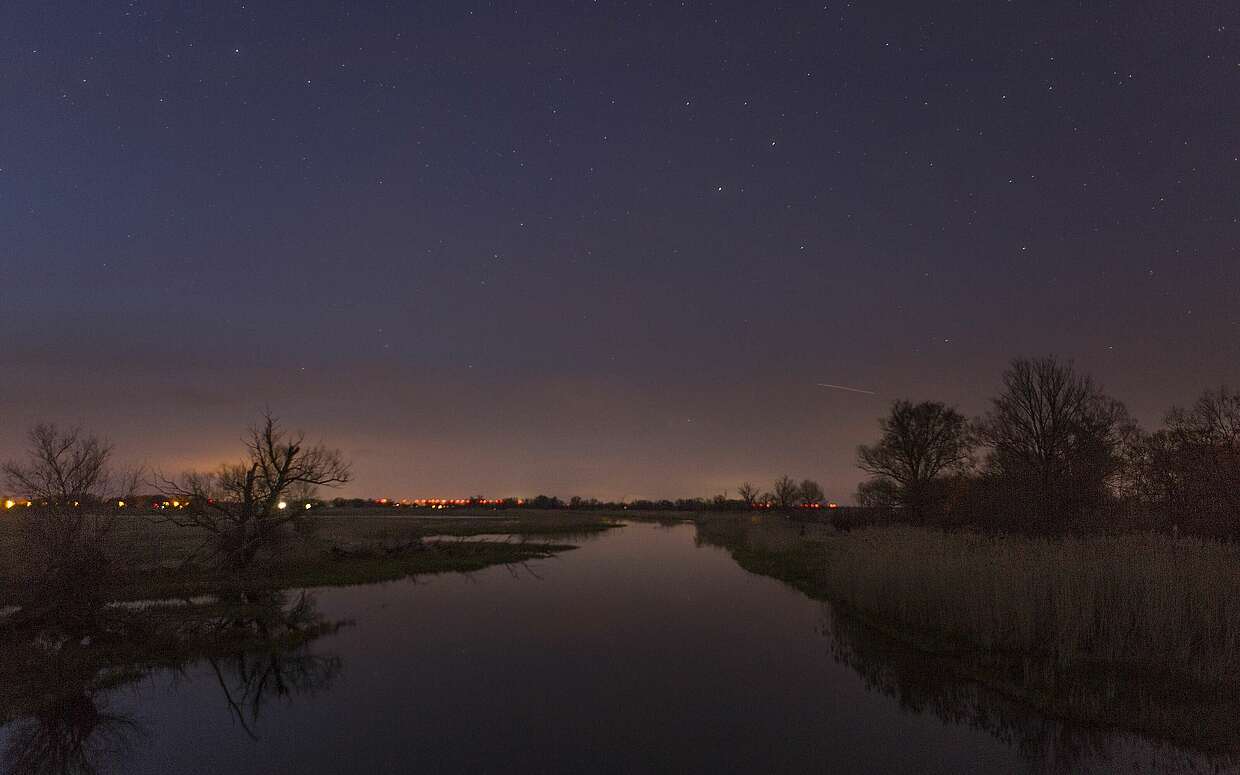The West Havelland Dark Sky Reserve Accessible for Everyone
We were planning a trip to gaze at the stars and planets in the West Havelland Dark Sky Reserve. How exciting! The West Havelland Nature Park has been a dark sky reserve since 2014. It is one of the darkest regions in Germany and a paradise for stargazing enthusiasts and amateur astronomers. As an amateur astronomer and wheelchair-user, it was exciting for me to discover whether I could take advantage of the special package offer without incurring any problems. Up front – yes, I could and it was an eventful and interesting trip to the stars and the countryside. But first things first.
About the author: Manfred Fischer is a freelance journalist and awareness-raising trainer. In his workshops and media articles, he focuses on the lives of handicapped people. Astronomy is one of his hobbies.


